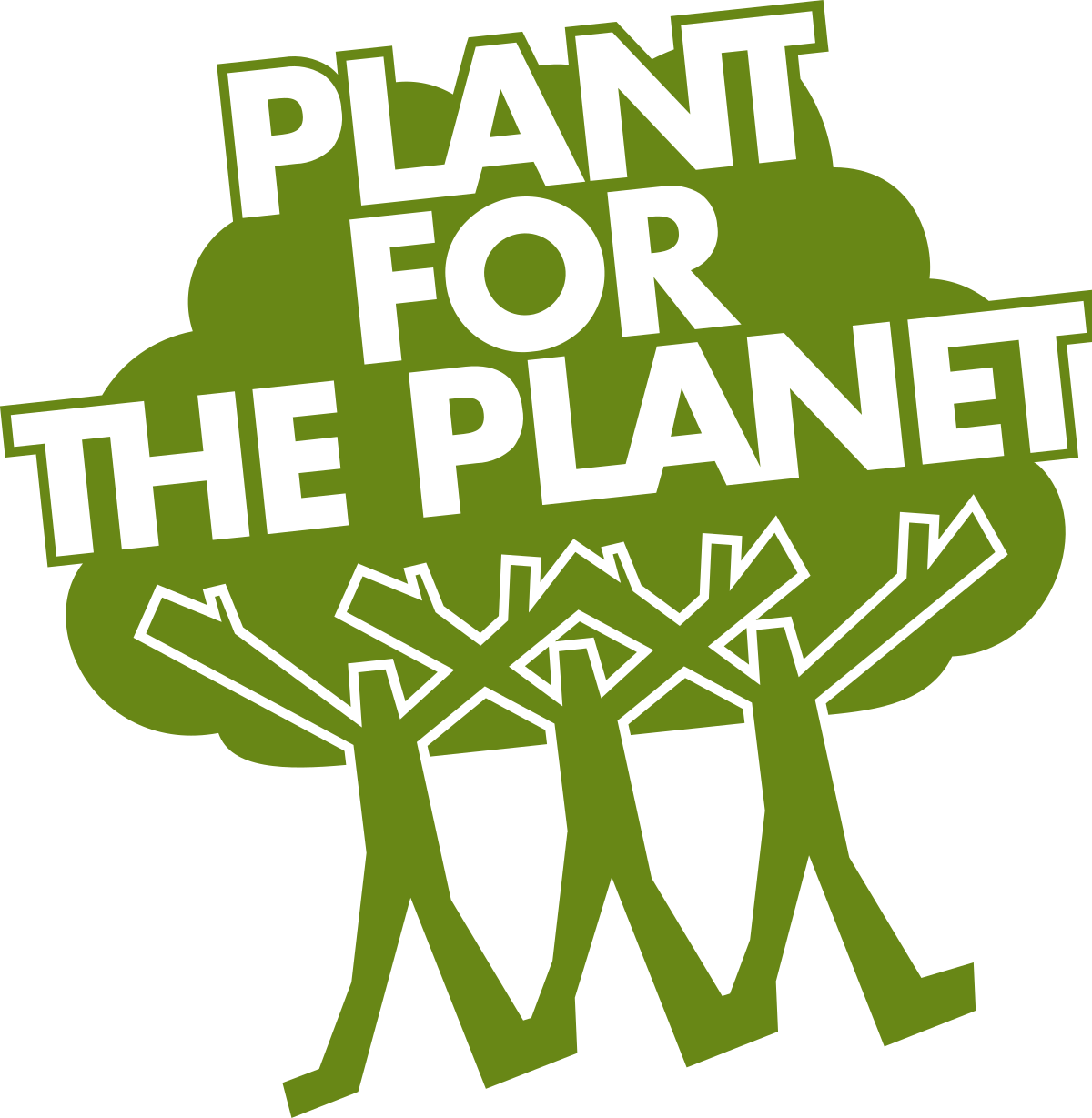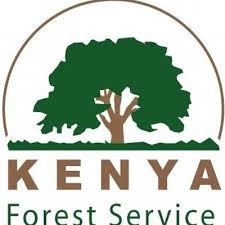Greening Kenya's Schools: Empowering Education through Botanic Gardens
Welcome to our ambitious initiative aimed at transforming the educational landscape in Kenya and fostering a sustainable future for the generations to come. We are thrilled to present our groundbreaking idea: establishing one hectare botanic garden in each primary school across the country. With Kenya boasting a total of 37,930 primary and secondary schools, this nationwide project will create a profound impact on the environment, education, and local communities. Our vision is to plant 60,688,000 indigenous trees across these gardens, covering a staggering 37,930 hectares of land. Let's explore how this initiative will revolutionize the way we approach conservation and education in Kenya.





